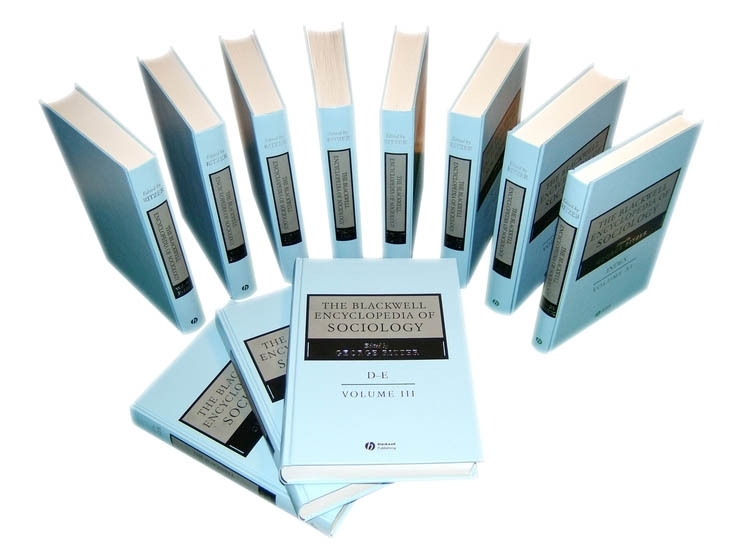Inequality, Inverted U-Curve Hypothesis
Abstract
In the over half a century since its inception, the inverted U-curve hypothesis cautiously articulated by Simon Kuznets in 1954 has gone through a spectacular rise and fall, having first skyrocketed to universal acclaim as an indubitable socioeconomic law, then having endured a period of substantial criticism before eventually giving way to the world-systems approach. Arguably one of the most influential claims ever made on inequality and development, Kuznets's U-curve hypothesis relied on the dualistic nature of development as its core assumption in accounting for the curvilinear behavior of the growth–equity trade-off. Promptly adopted by the post-World War II developmentalist regime, Kuznets's U-curve served as justification for presenting the rising poverty and inequality as inevitable byproducts of successful and ultimately egalitarian economic development. The account of the universal acceptance and eventual refutation of the inverted U-curve hypothesis suggests the overarching role of social and political contexts in both the production and the appropriation of social science models.



